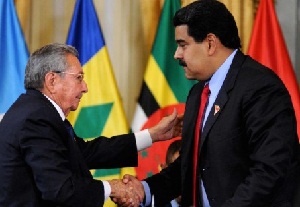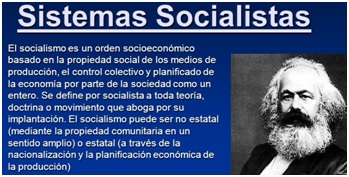Our leaders cannot comprehend what is going on, either when a whole Western civilization loses its faith and moral standards or when Islam reawakens to the implications of its own faith and its vision of world conquest.
I.
Political realism, long associated with Augustine, constrains us to consider what Machiavelli later recommended to us—namely, to look at what men “do” do and not at what they “ought” to do. This advice would be more persuasive if, in fact, some men did not do what they ought to do or others do what they ought not to do. Both sides usually persuade themselves that they ought to follow their convictions. Machiavelli thought that if men did what they “ought” to do they would not survive the onslaughts and cunning of those who did what they had power to do whatever they could do. However, Augustinian realism did not, as in the case of Machiavelli, justify this careful look at what men “do” do as a reason to deny the distinction between good and evil so that any means could be used to accomplish their purposes.
The “realistic” look was “realistic” for Augustine precisely because good and evil were included in the look itself, in the reality as seen. To see and act on the reality of good or evil is to see reality in its fullest dimensions. Practical truth, in terms of acting according to an accurate description of what is there, is the first principle of realism as well as of political action. Thus, Maritain could rightly maintain in the Augustinian tradition that “justice, brains, and strength” need not be separated. They belong together. Or, to refer obliquely to Lord Acton, the lack of power can also corrupt absolutely. Not to possess and use responsible power in defense of  what is right is itself an evil, a cowardice.
what is right is itself an evil, a cowardice.
With this background in mind, we recall recent events from “9/11”, the bombings in Spain, England, Mumbai, Bali, Fort Hood, San Bernardino, twice in Paris, Lahore, and Brussels, not to mention the persecutions and beheadings in Pakistan, Iraq, Yemen, Nigeria, Libya, Somalia, Chad, Syria, and the Sunni/Shiite inner-Muslim battles. What is the most plausible way to judge such continuing violence and its origins? To make this assessment, we have to acknowledge that Islam, in principle, is actually and potentially violent throughout its entire history. The basic reason for this method is obedience to the Law of Allah, not love for violence itself.
On the basis of evidence and theory, we cannot conclude from the fact that Islam is a “religion” that therefore it is not “violent” or is so only by abuse of its own founding. It is possible to be a religion and to espouse violence. (Were this not so, we would have to exclude many key passages on the Old Testament itself.)
- Hits: 4989


